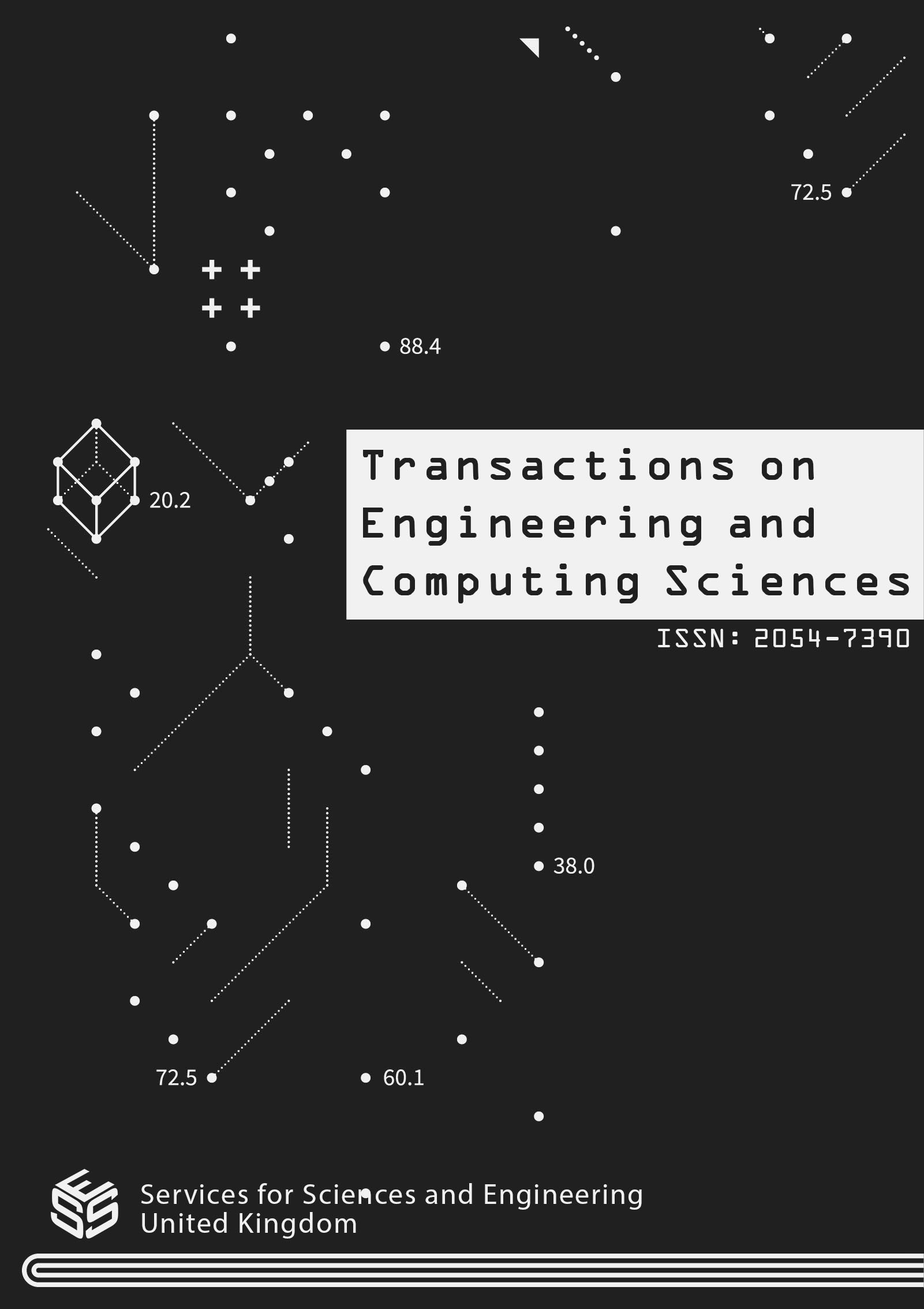Multi-Layer Perceptron Algorithm, an Effective tool for the Prediction of the Judgments of the Supreme Court of Nigeria
DOI:
https://doi.org/10.14738/tecs.116.15858Keywords:
Supreme Court, Prediction, Feature selection, Multi-layer perceptron, ADAM optimization function, Algorithm, Classification Pearson correlation coefficient.Abstract
Effective dispensation of justice is sacrosanct to the sustenance of peace and stability of any nation. Justice delayed is often perceived as justice denied, and so it becomes important that the rule of law as it concerns effective and efficient justice delivery is sustained. In achieving this effectiveness, adherence to transparency and adequate knowledge of judicial proceedings and practices play a key part in achieving justice. This is however not the case with the Nigerian justice system, as court congestions and case delays have plagued the Nigerian Supreme Court for decades, breeding distraught and lack of confidence in the institution and its process. This study attempted to quicken the pace of justice delivery by developing a predictive model for the classification of Supreme Court judgments in Nigeria, and improved the performance of the computational process that is required for the identification of the pattern between feature and judgment using the Pearson Correlation Coefficient to select relevant features. The study which was aimed at developing a predictive model for the classification of Supreme Court judgments in Nigeria using Multilayer Perceptron (MLP) algorithm was carried out using 5585 records of precedent judgments delivered at the SCN between 1962- July 2022. Data was collected from an independently owned data repository (Primsol Law Pavilion). Data annotation and feature extraction were carried out and variables that have strong impact on judgments were identified both from literature and from domain experts. Pearson Correlation feature selection method was used to select the most relevant features from the initially identified features, after which multi-layer perceptron with ADAM optimization function was used to develop the classification model. The result of the feature selection algorithms revealed that the Pearson Correlation-based methods proved to be effective in the identification of the most relevant features. The MLP-ADAM model for predicting the outcome of Supreme Court judgment was evaluated and benchmarked with a related study carried out to predict judicial decisions of criminal cases from Thai Supreme Court, using both conventional and modified models. The result of MLP-ADAM showed a better performance of predicting judicial decision, showing 100% precision, 99% recall and 100% F1 Score for the as against 69.59% precision,79.87% recall and 74.38% F1score obtained by the Bi-GRU + attention model of the existing study. The study showed that feature selection using the Pearson correlation based approach provides a better performance. The study also revealed that the ADAM optimization function was significant in achieving good accuracy and generalization ability of the model. The use of structured and well organized dataset enabled the model to train effectively. The study also demonstrated that a higher proportion of the dataset is important in the training phase.
Downloads
Published
How to Cite
Issue
Section
License
Copyright (c) 2023 Ayankoya, F., Ngige, O., Onuiri, E., Adigun, T., Omotunde, E.

This work is licensed under a Creative Commons Attribution 4.0 International License.






